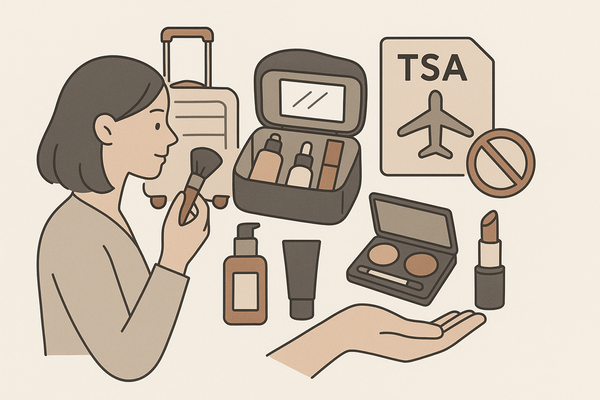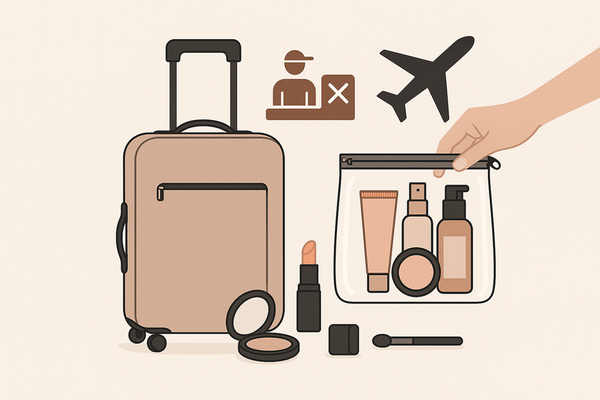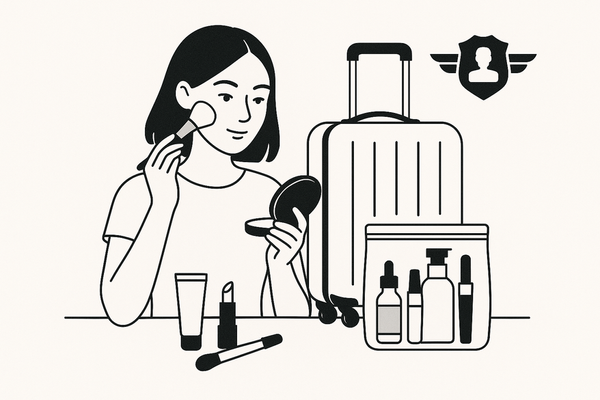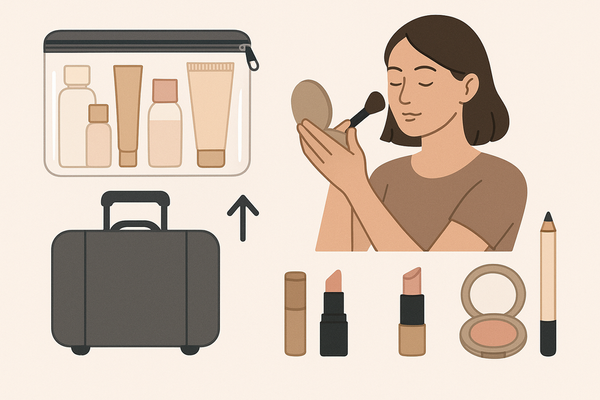The Ultimate Makeup Recycling Guide: How to Properly Recycle Your Cosmetics
Discover how to responsibly recycle cosmetics with this comprehensive makeup recycling guide, reducing waste and supporting a sustainable beauty routine.
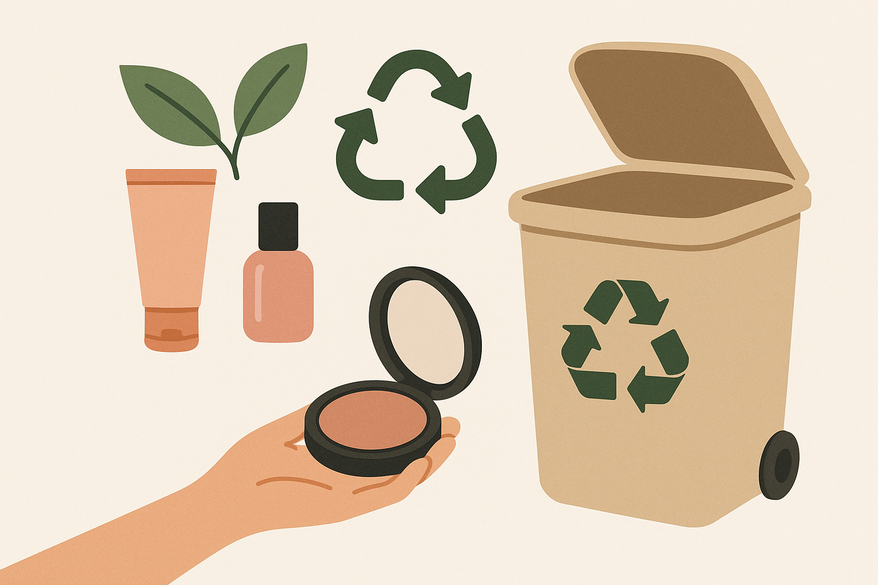
Estimated reading time: 8 minutes
Key Takeaways
- Understand the environmental impact of cosmetic packaging.
- Identify which items are recyclable and which are not.
- Follow a simple, five-step recycling process.
- Discover local and global recycling programs.
- Explore creative DIY upcycling projects to extend container life.
Table of Contents
- Section 1: What Is Makeup Recycling?
- Section 2: Why Recycling Makeup Matters
- Section 3: Common Recyclable vs. Non-Recyclable Items
- Section 4: Step-by-Step Guide
- Section 5: Where to Recycle Your Makeup
- Section 6: DIY Makeup Recycling Crafts
- Section 7: Leveraging AI for Sustainable Beauty
- Conclusion
Section 1: What Is Makeup Recycling?
Makeup recycling refers to the process of recovering and reusing cosmetic packaging—and sometimes gently used products—to keep materials out of landfills. At its core, this practice supports the principles of green beauty and waste reduction.
- Definition: Recover plastic, glass, and metal from empty or near-empty containers for sorting and repurposing.
- Goal: Lower landfill contributions and reduce demand for virgin resources.
When cosmetics end up in the trash, their plastics and synthetic chemicals can take centuries to break down, releasing microplastics and chemical residues into soils and waterways. By following a clear recycling routine—like the one outlined in our makeup recycling guide—you play a pivotal role in mitigating pollution and promoting a circular economy.
Section 2: Why Recycling Makeup Matters
Recycling beauty products is more than a passing trend—it’s a measurable way to protect ecosystems and conserve resources.
- Reducing Landfill Waste: Diverts plastic compacts, glass bottles, aluminum tubes, and paperboard cartons from landfills.
- Conserving Natural Resources: Lessens reliance on petroleum-based plastics and mined metals, cutting energy and water use in manufacturing.
- Preventing Toxic Leaching: Avoids heavy metals and parabens from entering soil and groundwater.
By taking these simple actions, you help cut down on an estimated 120 billion units of beauty packaging produced each year—and only a fraction currently makes it to recycling facilities.
Section 3: Common Recyclable vs. Non-Recyclable Makeup Items
Always verify your local facility’s guidelines, but here’s a general overview:
Recyclable Items
- Plastic compacts and cases (rinsed clean)
- Glass bottles (remove pumps and caps)
- Aluminum tubes (lip balm, cream tubes)
- Cardboard boxes and folding cartons (flattened)
Non-Recyclable Items
- Mirrors and coated glass
- Pumps with metal springs and complex mechanisms
- Applicators (mascara wands, spoolie brushes)
- Sponge tips and foam puffs
Section 4: Step-by-Step Makeup Recycling Guide
Follow these five steps to ensure your empty containers are ready for recycling:
- Clean Out Packaging: Rinse containers with warm, soapy water and wipe away residue until they’re spotless.
- Disassemble Materials: Remove pumps, caps, springs, and seals to separate plastic, glass, and metal parts.
- Sort by Material Type: Label bins for PET, HDPE, glass, and aluminum per your municipality’s resin code requirements.
- Observe Safety and Hygiene: Wear gloves when handling expired or contaminated items and sanitize surfaces afterward.
- Check Expiration and Residue Rules: Discard products with non-removable residue or past shelf life limits per local guidelines.
Section 5: Where to Recycle Your Makeup
Finding a drop-off or mail-in service ensures your items reach the correct recycling stream:
National and Global Programs
- TerraCycle Cosmetics Recycling Program: Free pre-paid shipping labels for lipsticks, mascaras, compacts, and tubes.
- Brand Take-Back Initiatives:
- MAC Back-to-MAC: Return six empty MAC products for a free lipstick refill.
- Kiehl’s Recycling Program: Trade in empty jars and bottles for reward points.
Local Options
- Municipal Recycling Centers: Many accept rinsed glass and plastic containers—check your city’s website.
- Retailer Drop-Offs: Drugstores and specialty beauty retailers often host bins for select brands.
- Community Collection Events: Seasonal drives sometimes include cosmetic recycling.
Section 6: DIY Makeup Recycling Crafts
Upcycle empty containers into everyday essentials:
- Travel Palette or Pill Box: Turn compacts into custom pill organizers or first-aid kits—decorate with washi tape or paint.
- Lipstick Tube USB Holder: Insert a small USB drive into a cleaned tube for a unique tech accessory.
- Mini Spice Jars or Seed Starters: Use small glass jars as travel spice shakers or seedling pots.
For more creative hacks, explore our DIY Makeup Hacks and Eco-Friendly Makeup Disposal Guide.
Section 7: Leveraging AI for Sustainable Beauty
Technology can streamline your eco-beauty journey. Makeup Check AI analyzes your routine to suggest low-waste brand swaps and optimize product usage.
Conclusion
This guide empowers you to:
- Define and understand makeup recycling.
- Recognize recyclable versus non-recyclable items.
- Implement a clear, five-step recycling routine.
- Locate reliable drop-off and mail-in programs.
- Upcycle containers with creative DIY crafts.
By adopting these practices, you’re reducing landfill waste, conserving natural resources, and protecting ecosystems—one compact at a time. Share your recycling wins and tips with our community to inspire others!
FAQ
- How do I determine if my makeup packaging is recyclable?
Check for resin codes (e.g., #1 PET, #2 HDPE) on plastic and remove non-plastic parts before sorting. - What should I do with brushes and applicators?
Most bristles and wands aren’t curbside-recyclable; consider cleaning and donating gently used tools to community art projects. - Are there fees for mail-in programs?
Many services, such as TerraCycle, provide free pre-paid shipping labels; others may charge nominal handling fees—review each program’s details. - How clean must containers be?
Most facilities require containers to be free of visible residue (usually below 1–2%); rinse or soak to ensure compliance.

